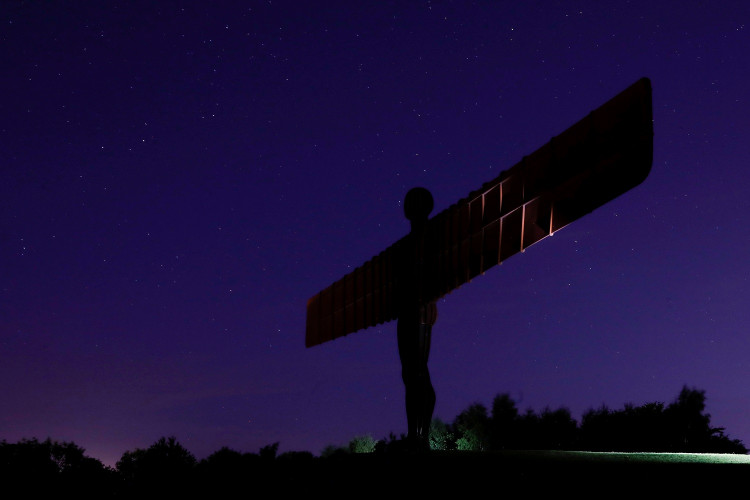To view the night sky in its clearest, pack layers and layers of clothing and book a trip to the Antarctic Plateau.
With a 4093-meter height above sea level, Dome A, or Dome Argus, is East Antarctica's highest point. And according to a new study by an international team of researchers, it is the best place to get a clear view of the stars. It is believed to be the naturally coldest place on the planet and a telescope at that location could reveal better views of the night sky than the same telescope placed anywhere else in the world.
"The combination of high altitude, low temperature, long periods of continuous darkness, and an exceptionally stable atmosphere makes Dome A a very attractive location for optical and infrared astronomy," said Paul Hickson of the University of British Columbia astronomer and co-author of the study in a statement. "A telescope located there would have sharper images and could detect fainter objects."
Dome A is an ideal observing spot because the area has less turbulence, which in astronomy is one of the factors in determining the quality of the image as seen from a telescope.
While observatories found near the equator typically have "seeing" measurements between 0.6 and 0.8 arcseconds, the Antarctic typically has much lower ranges. Another location in the Antarctic called Dome C, for example, has a "seeing" range between 0.23 and 0.36 arcseconds.
However, Dome A's lowest part of the atmosphere is much thinner than at Dome C. The authors of the study estimate that Dome A has nighttime seeing ranging from 0.31 to as low as 0.13 arcseconds, which is incredibly low.
Measurements taken from Dome A at the height of 26 feet were significantly better than those taken from Dome C, which was also taken at 26 feet and even higher up at 66 feet.
There are some serious challenges when making observations from Dome A -- these astoundingly low temperatures create frost -- which is a huge problem when you're setting up a telescope. Still, the researchers believe that these technical problems don't defeat the fact that Dome A still offers the best views of the night sky.
The team simply had to set up a telescope at Dome A, leave it there, and hope the frost doesn't get to it -- and it didn't. They were able to make it work for seven months.
Hickson and his colleague's work has been published in the journal Nature.





